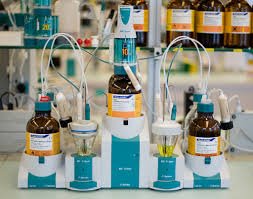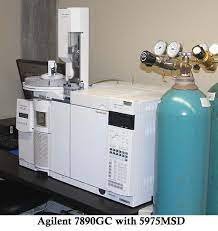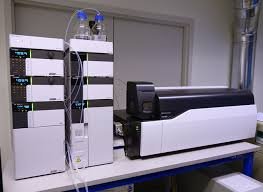
by Dr. Yashashwini Reddy | Apr 19, 2025
1. What is Karl Fischer titration? Karl Fischer titration is an analytical technique used to determine water content in a wide range of substances. It is based on the chemical reaction between iodine and water in the presence of sulfur dioxide and a base, typically in...

by Dr. Yashashwini Reddy | Apr 19, 2025
A Particle Size Analyzer is an instrument used to measure the size distribution of particles in a sample. These analysers are essential in a variety of industries like pharmaceuticals, mining, food, cosmetics, and chemicals, where particle size can significantly...

by Dr. Yashashwini Reddy | Apr 17, 2025
1. What is NMR spectroscopy? NMR spectroscopy is an analytical technique used to determine the structure of organic compounds by analyzing the magnetic properties of atomic nuclei. It provides detailed information about the number, types, and environments of atoms in...

by Dr. Yashashwini Reddy | Apr 17, 2025
1. What is GC-MS and how does it work? Answer: GC-MS combines gas chromatography (GC) for separation of compounds and mass spectrometry (MS) for identification and quantification. The sample is vaporized, separated by GC based on volatility, then ionized in the MS and...

by Dr. Yashashwini Reddy | Apr 17, 2025
1. What is LCMS and how does it work? Explanation: This is a foundational question. LCMS combines liquid chromatography (LC) for separating compounds and mass spectrometry (MS) for detecting and identifying them based on mass-to-charge ratio (m/z). It is widely used...







